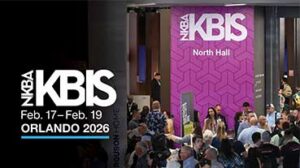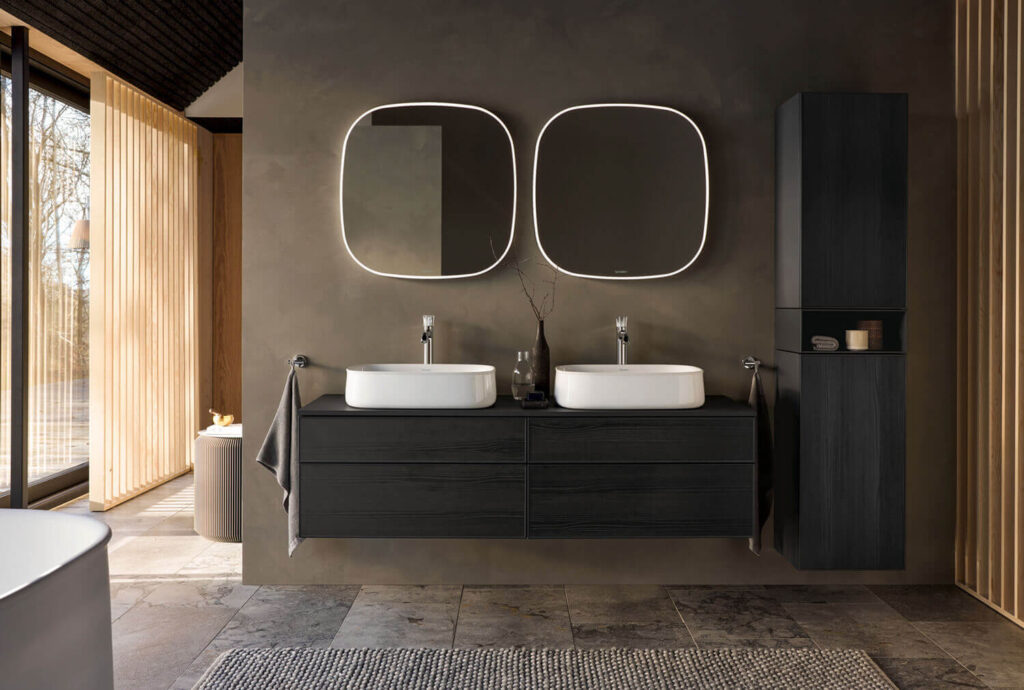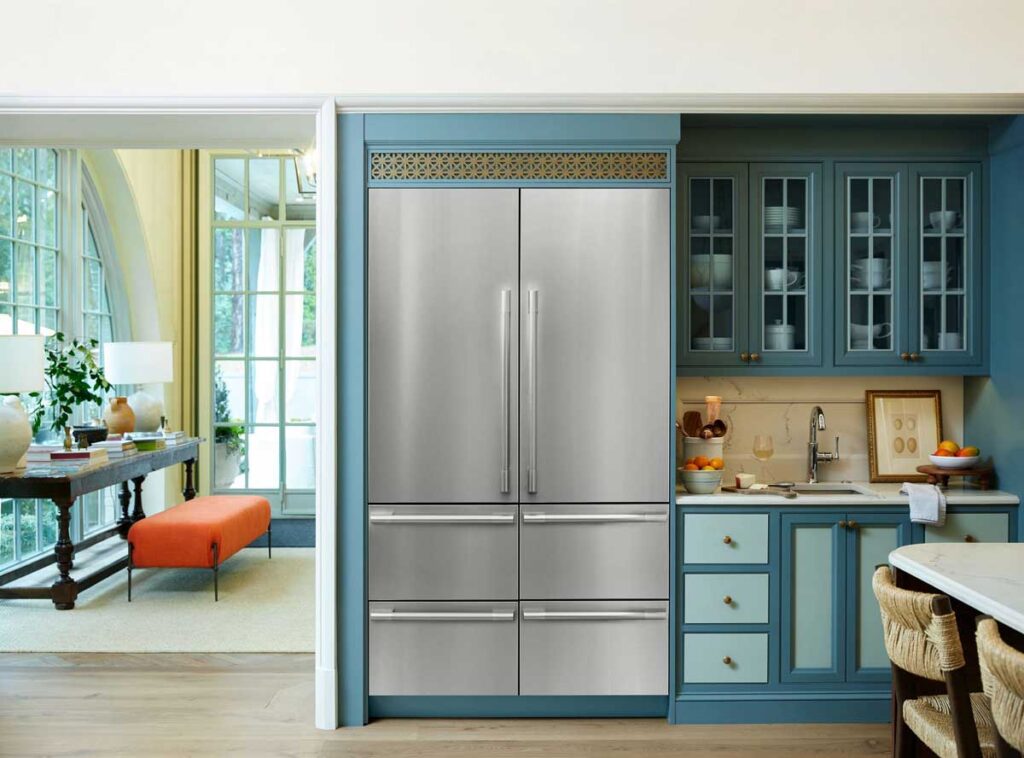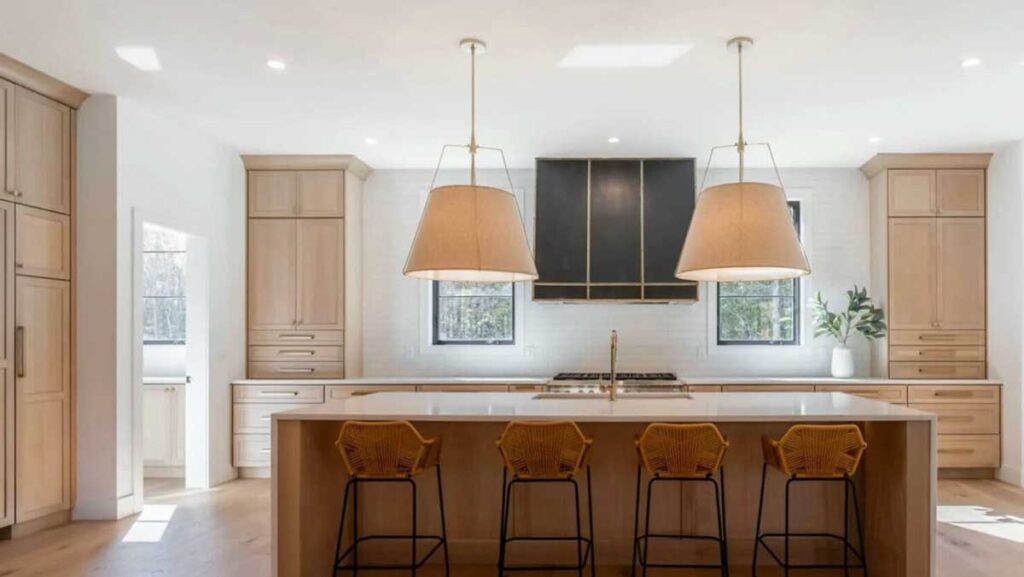From LED lighting to VOC-free paints and stains, here are the most in demand eco-friendly solutions for the kitchen space.
By Elisa Fernández-Arias
Designers are integrating sustainable kitchen and bath solutions including LED lighting, storage for recycling and energy efficient products, according to NKBA | KBIS’ 2024 Sustainability in Kitchen & Bath Design report, which surveyed more than 300 industry experts. The research shows these are currently the most popular green design elements:
- LED Lighting

LED lighting is used in the majority of kitchen designs, with 8 out of 10 respondents saying that their clients always or often use this solution. Energy efficient, cost effective, long lasting and available both for task and atmospheric lighting, LED is an option that is both green and practical.
- Storage for Recycling

Another choice that is popular, according to the report, is storage for recycling, with 6 in 10 designers reporting this as an in demand feature. In addition to being eco-friendly, hidden recycling storage makes designs more seamless, integrated and functional.
- Energy Efficient Products

Nearly 6 in 10 designers always or often integrate energy efficient products in their clients’ kitchens, including those that are EPA ENERGY STAR ® rated. Products with this label meet the ENERGY STAR product specification energy efficiency requirements, which are based on nationwide energy savings, features and performance customers demand in addition to greater energy efficiency and more.
- Insulated Windows and Doors

Designers are also integrating insulated windows and doors into their clients’ kitchens. Nearly half of designers reported they often or always install insulated windows and doors into their designs, a practice which reduces their clients’ heating and cooling costs and which minimizes the use of environmental resources.
- VOC-Free/Non-Toxic Paints and Stains

Almost half of designers reported always or often integrating VOC-free/non-toxic paints and stains into their clients’ kitchen designs — which provide the most important end benefit of sustainability identified in the report, of health and well being of the family.






















